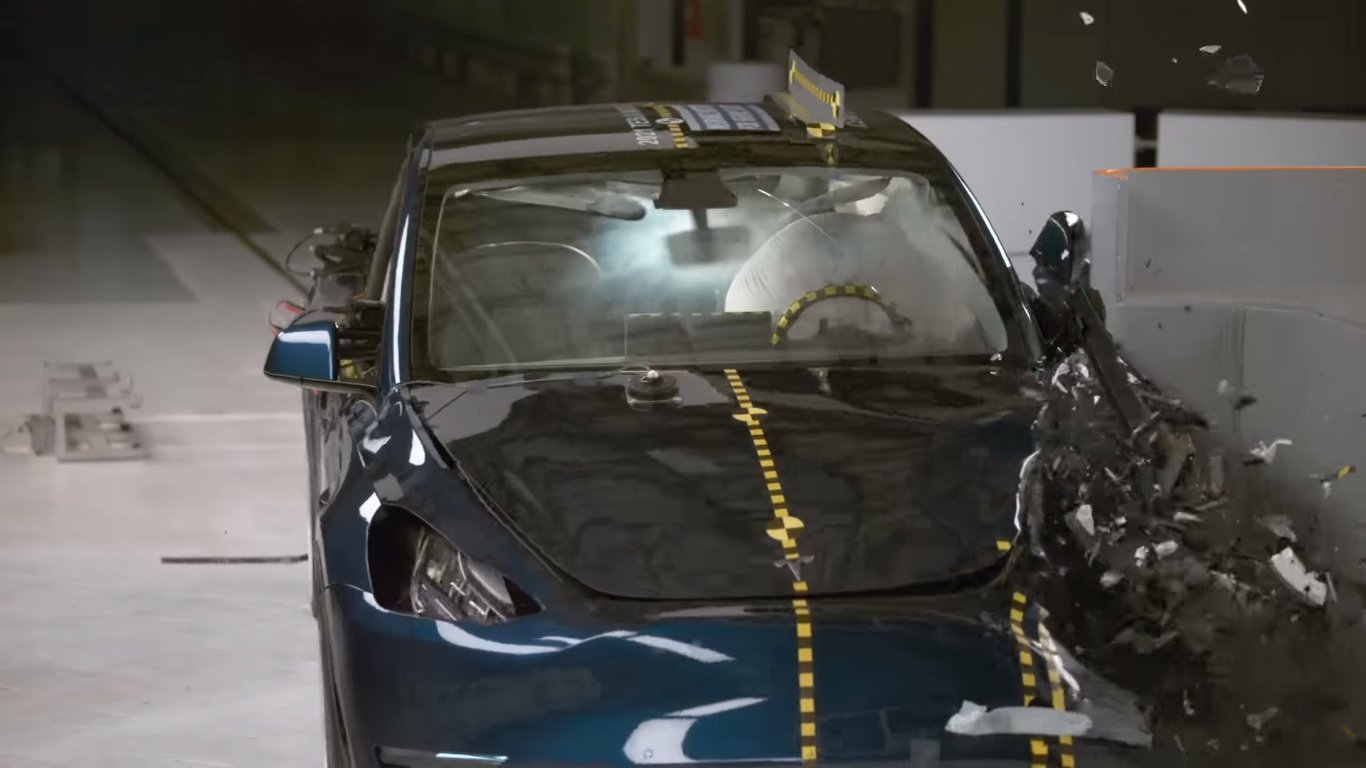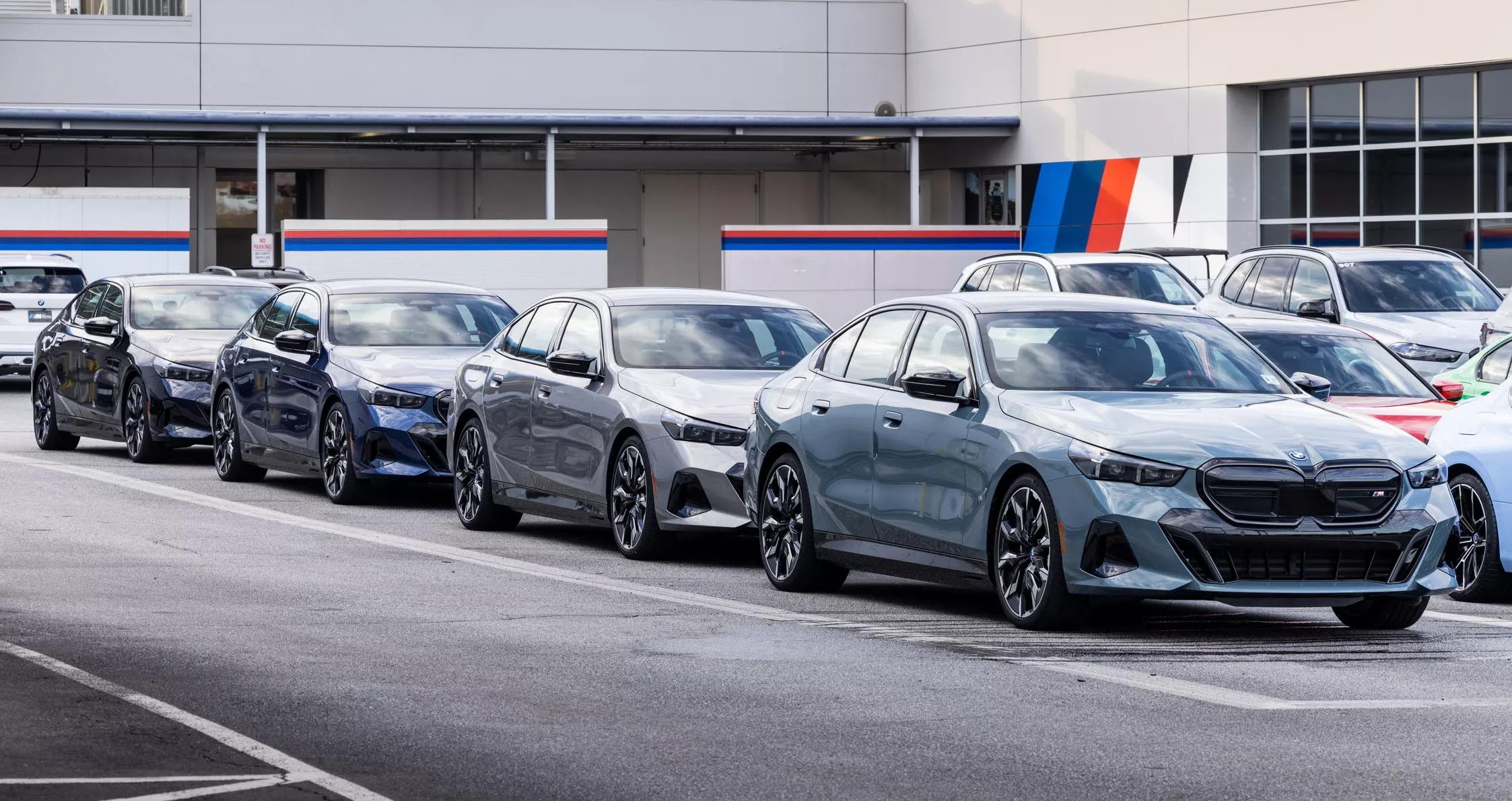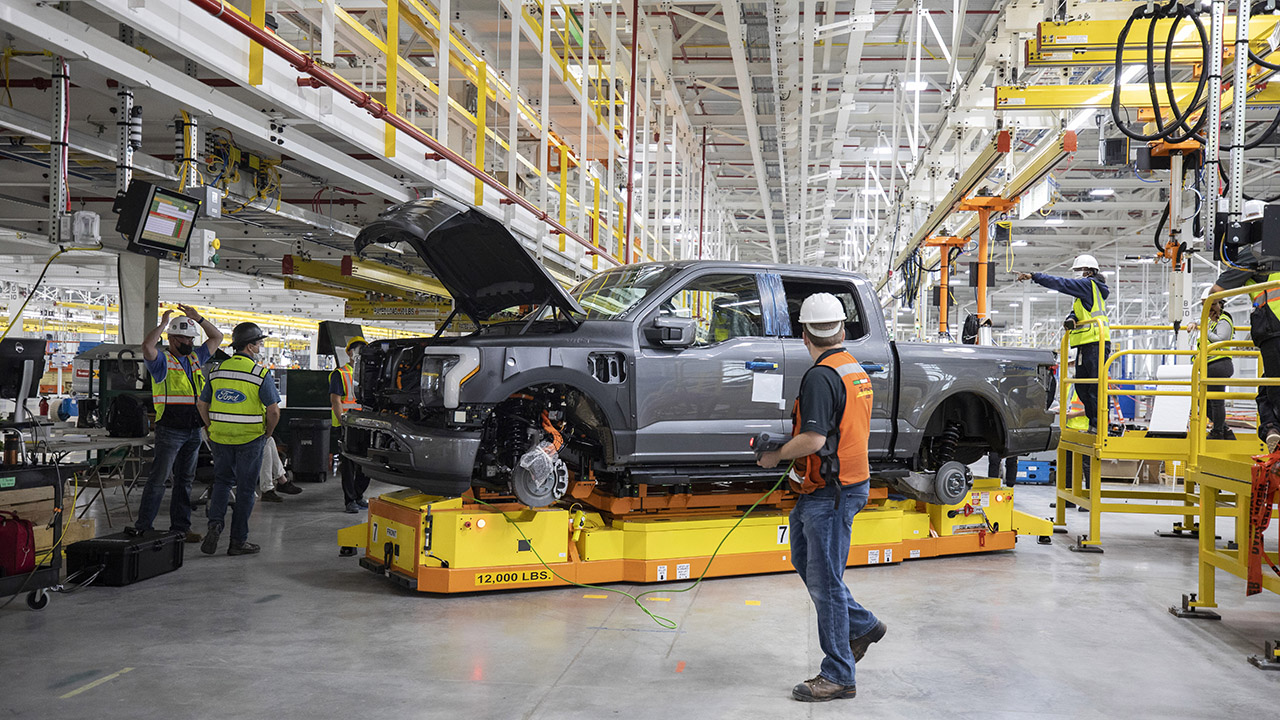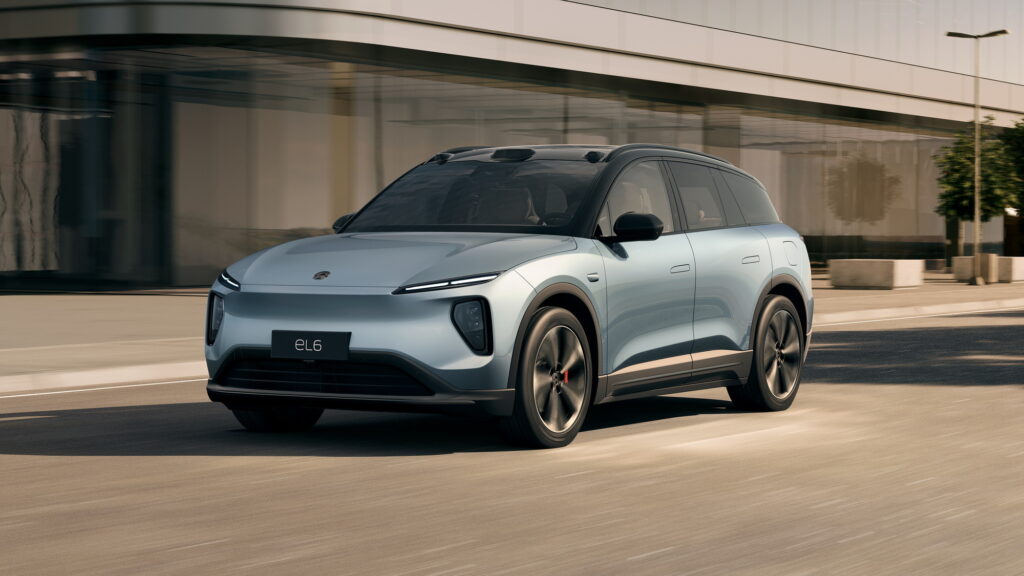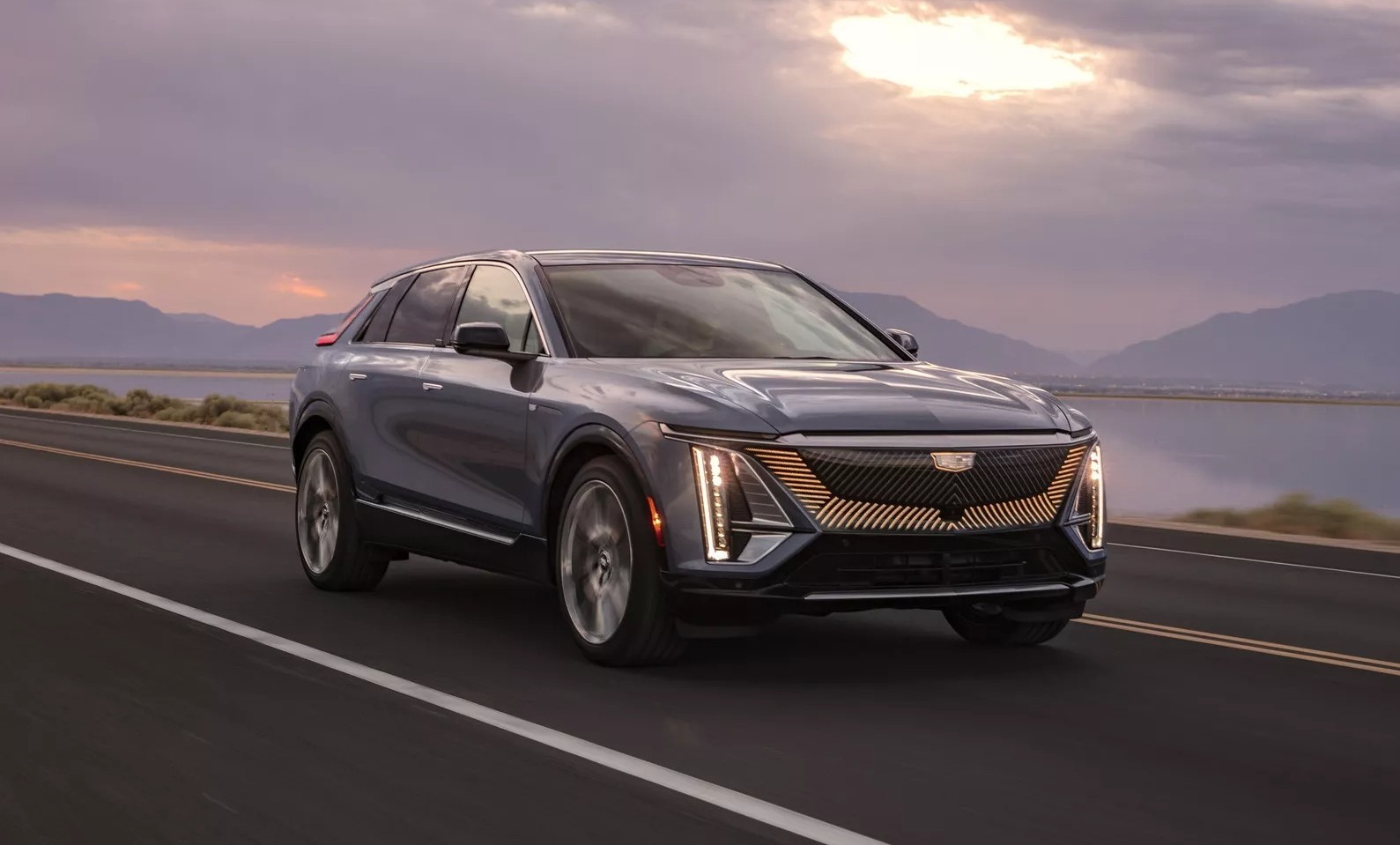The Tesla Model Y has shown strong performance in recent crash tests conducted by the Insurance Institute for Highway Safety (IIHS), demonstrating safety levels comparable to traditional internal combustion engine (ICE) vehicles. The IIHS’s new, more rigorous testing procedures did not pose significant challenges for the Model Y, which achieved solid results.
In one test, the Model Y exhibited notable resilience, scoring -30cm in the “B-pillar to longitudinal centerline of driver’s seat” assessment. This measurement indicates the extent of deformation in the crushed area, stopping short of the seat centerline. By comparison, the Volvo XC90, a well-known safety leader among ICE vehicles and also earning the highest IIHS safety rating, showed more deformation in the new side impact crash test with a -18.5cm result.
See also: Tesla Model Y and Ford Mustang Mach-E Earn Top Safety Ratings in Latest IIHS Midsize SUV Crash Tests
The Model Y also received the highest G rating in small and moderate overlap as well as pedestrian front crash tests. Its only area of improvement was in the ease of use of its child seat latches, where it scored an Acceptable rating. The Model Y’s strong crash safety performance can be attributed to both Tesla’s engineering expertise and the structural advantages of electric vehicles, such as a robust and heavy battery pack installed in the floor.
See also: Tesla Unveils Revolutionary Real-World Crash Testing Safety System
Beyond standardized crash tests, there is substantial anecdotal evidence suggesting that the Model Y is among the safer cars on the road for both drivers and passengers. In a notable incident, survivor Paul M. recounted a harrowing experience involving a double collision with a commercial rig. Despite the severity of the accident, Paul M. was able to escape with a fractured pelvis, crediting the Model Y’s design for his survival. He noted that if the car had a conventional front engine, the outcome could have been far worse.

